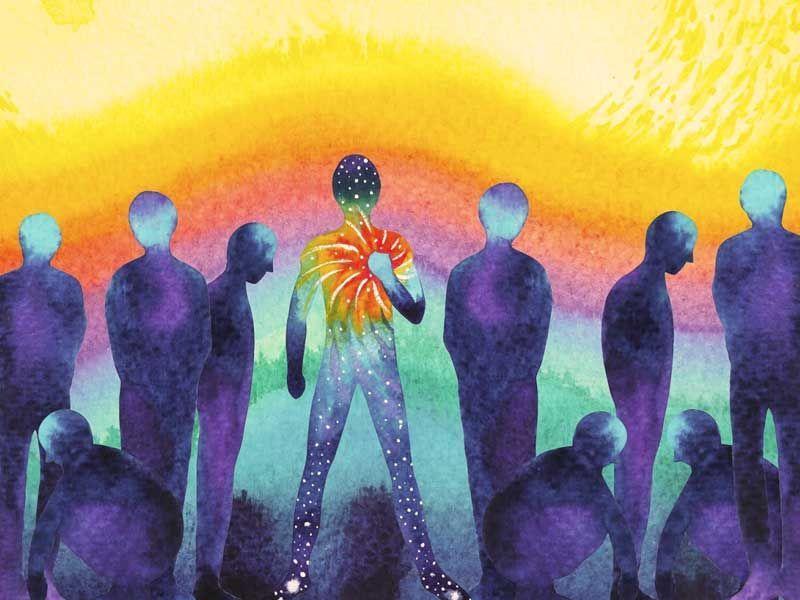The aggregate oblivious is an idea initially characterized by psychoanalyst Carl Jung
The aggregate oblivious is an idea initially characterized by psychoanalyst Carl Jung
The aggregate oblivious is an idea initially characterized by psychoanalyst Carl Jung. In some cases alluded to as the “goal mind,” it alludes to the possibility that a fragment of the most profound oblivious psyche is hereditarily acquired and isn’t molded by close to home insight.
As per Jung’s lessons, the aggregate oblivious is basic to all individuals and is liable for various profound situated convictions and impulses, for example, otherworldliness, sexual conduct, and life and demise senses.
Brought into the world in Switzerland in 1875, Carl Jung established the school of logical brain research. He is liable for proposing and building up the mental ideas of aggregate oblivious and models, alongside the independent and outgoing character.
Jung worked with Sigmund Freud, another unmistakable early clinician. In his initial examinations, Jung’s work avowed a significant number of Freud’s thoughts. As time went on, the two split in their standards of brain research. Jung challenged Freud’s standards of therapy.
As indicated by Jung, the aggregate oblivious is comprised of an assortment of information and symbolism that each individual is brought into the world with and is shared by all people because of hereditary experience. Despite the fact that people may not understand what contemplations and pictures are in their aggregate oblivious, it is imagined that in snapshots of emergency the mind can take advantage of the aggregate oblivious.
Jung accepted that the aggregate oblivious is communicated through all-inclusive ideas called prime examples. Originals can be signs, images, or examples of reasoning and carrying on that are acquired from our precursors.
As indicated by Jung, these legendary pictures or social images are not static or fixed; all things considered, a wide range of prime examples may cover or consolidate at some random time. A few instances of models that Jung proposed include:
Birth
Demise
Force
Resurrection
The anima
The kid
The legend
The mother
Jung believed the mother model to be the most significant. He thought the model did not just show in the strict type of individual mother, grandma, stepmother, mother by marriage, or medical attendant yet additionally in the metaphorical type of moms, including:
A nursery
A furrowed field
A spring or a well
Country
The congregation
The earth
The Mother of God
The ocean
The forested areas
Jung accepted that the mother paradigm could contain either certain viewpoints, for example, protective love and warmth, or negative angles, for example, the horrendous mother or goddess of destiny.
Profound situated convictions with respect to otherworldliness and religion are disclosed as somewhat because of the aggregate oblivious. Jung was persuaded that the similitude and all-inclusiveness of world religions highlighted religion as an appearance of the aggregate oblivious.
Likewise, ethics, morals, and ideas of decency or good and bad could be clarified similarly, with the aggregate oblivious as incompletely mindful.
Jung utilized his hypothesis of the aggregate oblivious to clarify how fears and social fears can show in youngsters and grown-ups for no obvious explanation. The dread of the dull, boisterous sounds, extensions, or blood may all be established in this aggregate oblivious, which is proposed as an acquired hereditary quality.
For instance, an investigation found that 33% of British youngsters fear snakes at age six, despite the fact that it’s uncommon to experience a snake in the British Isles. The kids had never interacted with a snake in an awful circumstance, however, winds actually produced a restless reaction.
Dreams were thought to give key knowledge into the aggregate oblivious. Jung accepted that because of the prime examples addressed, explicit images in dreams are widespread. At the end of the day, similar images mean comparable things to various individuals.
In any case, dissimilar to his contemporary Sigmund Freud, Jung accepted that fantasies are profoundly close to home, and dream understanding requires knowing an incredible arrangement about the individual visionary. Freud, then again, regularly recommended that particular images address explicit oblivious musings.
Something beyond being curbed wishes, Jung accepted that fantasies make up for parts of the mind that are immature in our cognizant existences. This took into account the investigation of dreams as an instrument for examination, finding, and treatment for mental conditions and fears.
Truly, there has been some discussion around whether the aggregate oblivious requires a strict or representative translation.
In logical circles, a strict understanding of the aggregate oblivious is believed to be a pseudoscientific hypothesis. This is on the grounds that it is hard to deductively demonstrate that pictures of folklore and other social images are acquired and present upon entering the world.
All things considered, a representative understanding of the aggregate oblivious is thought to have some logical establishing as a result of the conviction that all people share certain conduct auras.
The aggregate oblivious is presently being analyzed from an alternate perspective. Mental exploration is currently taking a gander at the part of microscopic organisms in the aggregate oblivious. Qualities in gut microorganisms dwarf the qualities in the human body, and these microbes may deliver neuroactive mixtures.
It’s the idea by certain scientists that these neuroactive mixtures might be essential for the aggregate oblivious which manages human behavior.2 If thus, investigations of gut microorganisms might be a vital piece of the mental examination of things to come.
Be the first to post a message!
